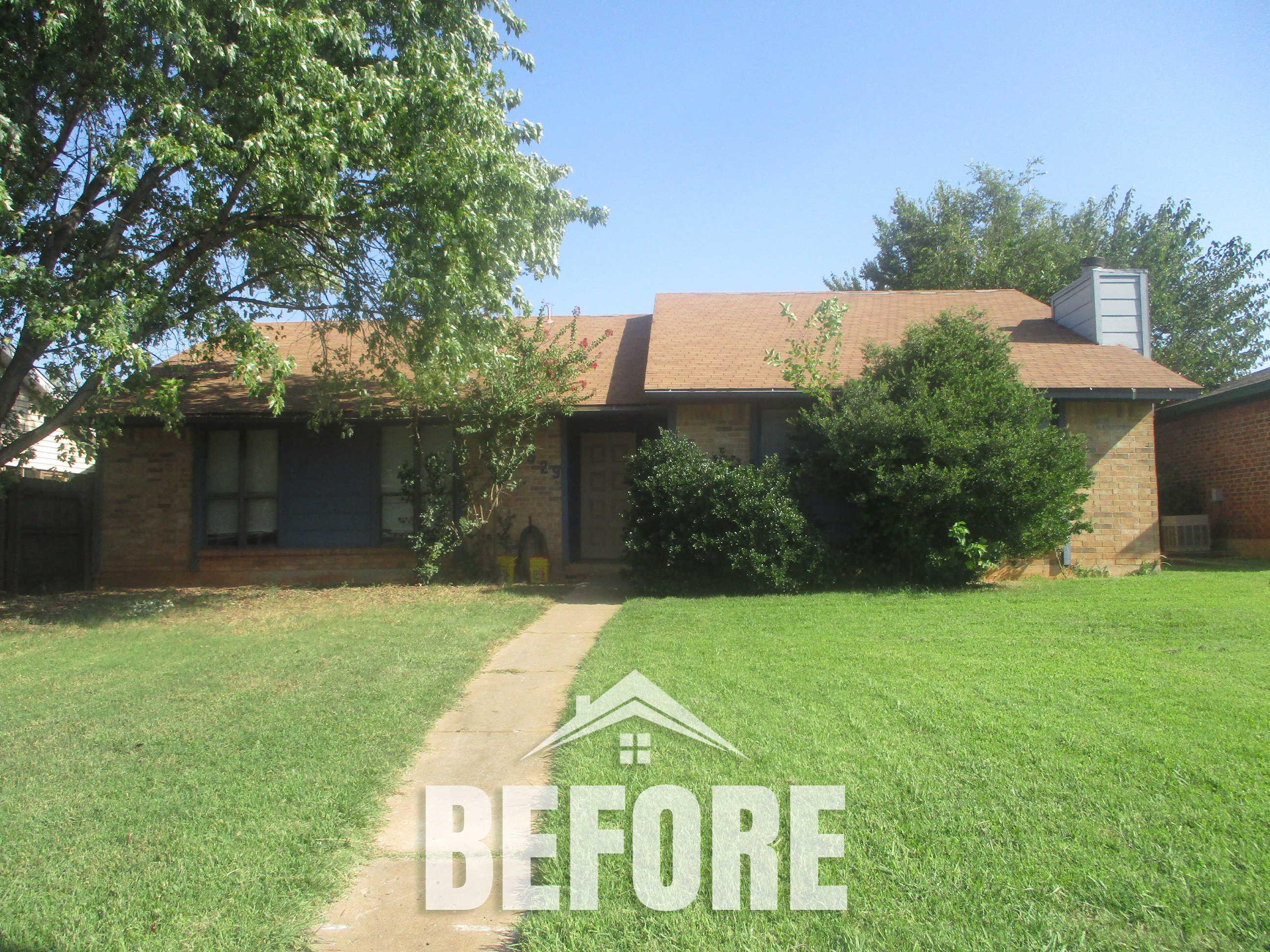 This year, we’ve embraced a new identity as REI Nation. In the beginning, we had our sights set on Memphis, Tennessee, to provide investment opportunities for passive real estate investors. Memphis remains a huge part of our story — it’s our home base, our first love, and looking better than ever in terms of investment opportunities.
This year, we’ve embraced a new identity as REI Nation. In the beginning, we had our sights set on Memphis, Tennessee, to provide investment opportunities for passive real estate investors. Memphis remains a huge part of our story — it’s our home base, our first love, and looking better than ever in terms of investment opportunities.
That said, we, over the years, have steadily expanded our reach and out offerings into more and more markets. Dallas, Houston, Oklahoma City, Tulsa, St. Louis...it became clear to us that our journey didn’t begin and end in Memphis.
Our priority has always been to serve our investors with excellence and intentionality.
With that in mind, we have our ambitions set on bringing even more investment opportunities in even more markets to our investors in the future. How do we decide what we offer? REI Nation carefully researches and vets not only whole markets, but neighborhoods within markets to target the best, most stable, and profitable passive investment opportunities.
Here are just some of the standards that we adhere to when investigating potential markets.
5 Must-Have Qualities in a Real Estate Investment Market
Overall Stability
Because we’re in the business of long-term investments, our attention is not on the relative temperature of the market. Not in that we target “hot” markets that are in vogue for investments. Because so much of the investment world has turned its eye on short-term opportunities (that, in turn, carry more risk), these hot markets are not necessarily ideal for the passive real estate investor.
Be sure to check out: The How & Why of Real Estate Market Analysis for Passive Investors
What we look for rather than a rapid upward trajectory is steady growth in a stable market environment. Stability comes from a variety of factors (some of which we’ll discuss in more depth), but chief among them are a strong local economy, population growth, and a supportive local government.
Stability allows for long-term, predictable growth. For the buy-and-hold investor, this predictability is highly beneficial.
Market Diversification
When we say that market diversification is key in real estate investment, we aren’t talking about the houses on the market. What we mean is diversity in industry. We’ve seen in the past that markets with a sole or majority of employment and revenue are more prone to risk in cases of economic downturn. Just look at Houston — the oil bust in the 1980s was devastating to the city as ripples spread from the oil and gas industries to the many sectors that rely on them.
In 2015, we saw another oil bust that no doubt affected Houston’s economy, but it was not nearly on the same level as the 1980’s crash. Why is this? Among other factors, the diversification and increased strength of secondary industries helped sustain the local economy. The city no longer relied solely on oil and gas for its economic strength..
This is why, when we select markets, we look to those who do not rely on those sole industries in order to draw in a population and economic success. This hedges against the risk of any one industry’s troubles causing problems for real estate investors.
Population Growth
One of the most obvious indicators of a healthy real estate market is its population growth. With the influx of people, particularly transplants from net migration, demand in a market increases. This demand raises both property values and rental amounts. For the real estate investor, a high and growing population means competitive pricing and a constant supply of quality residents — usually seeking their own economic stability and growth.
Historical Trends
Historical trends, while not predictors of future performance, do matter. We look to these trends not as an end-all, be-all, but as a blueprint for the elements at work in a particular market. Why did the market fluctuate this way? Is it a consistent issue or has it diminished over time? We look at trends across the board, from population fluctuations to properties on the market (and how long they’ve been there), to GDP growth and beyond.
These trends are helpful in determining the typical performance of a market in that they unveil the factors driving it.
Supply Conditions
Lastly, we do look at inventory. As a passive real estate investor, you never have to worry about braving the market yourself — we hand-select properties in prime locations and bring them up to the highest standards not only for the health of your portfolio but for the satisfaction of our residents.
One thing to note is that this isn’t just the number of properties or average time on the market that matter when looking at supply. We also can look to older properties as a tell-tale sign of market growth and demand. If older properties (particularly those that haven’t been given a modern facelift) are still selling at competitive prices, we can determine that the demand in the market is high. In addition, it allows us to better zoom in on the desirable neighborhoods within a market.
For passive real estate investors, you want to partner with a turnkey provider who not only is well-acquainted with the markets you invest in but offers the variety and diversification that makes for a strong, lasting real estate portfolio.
Looking to get started? Look no further.












